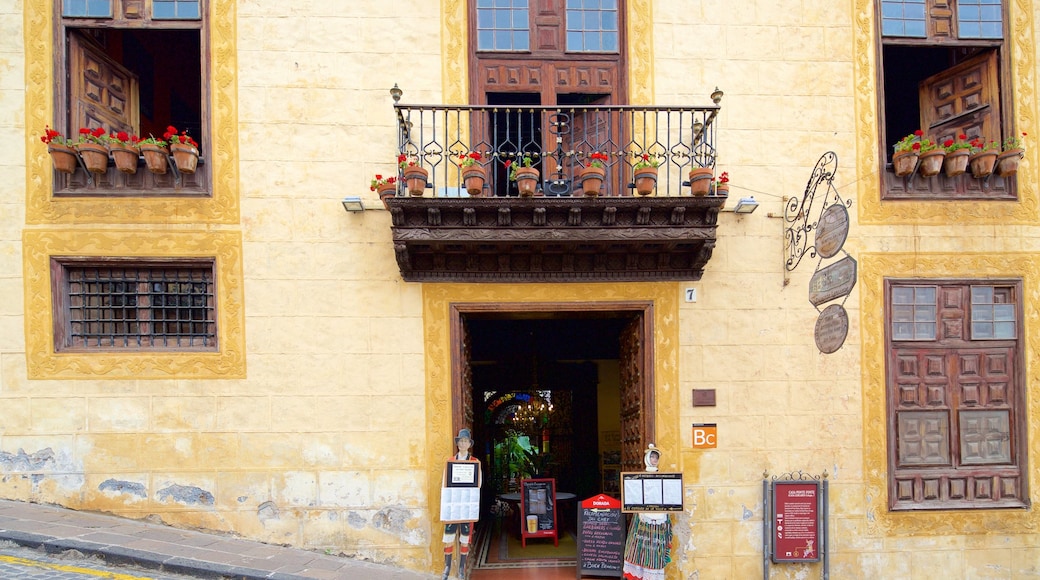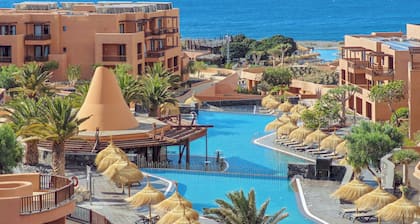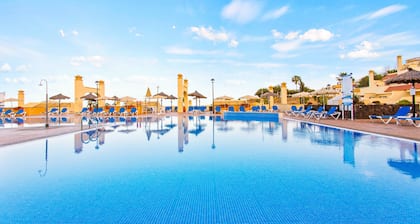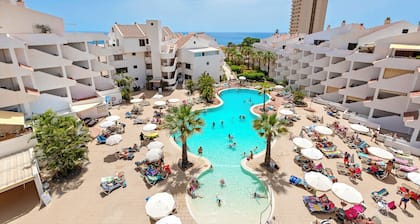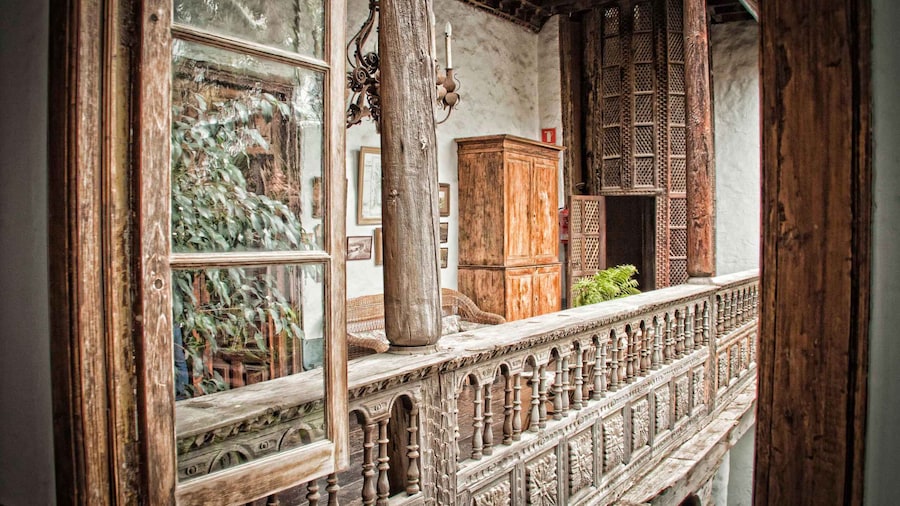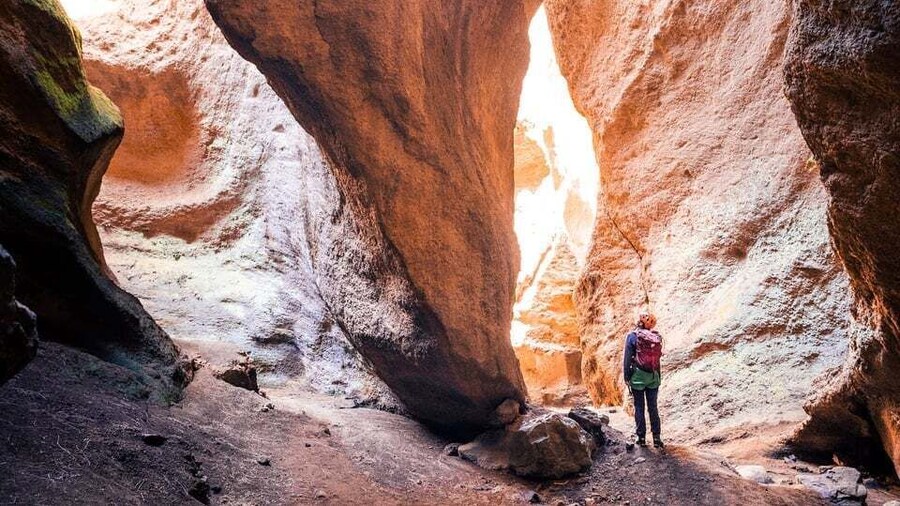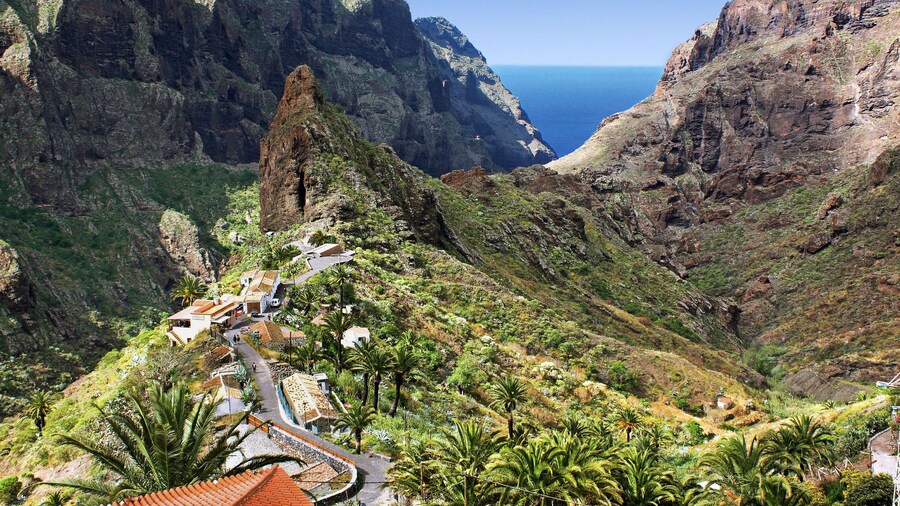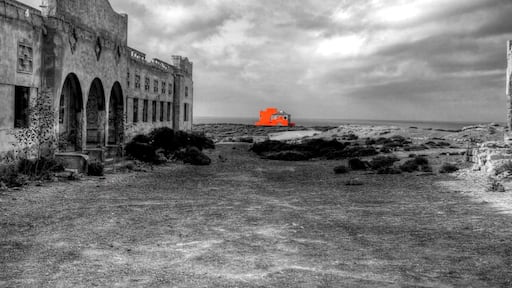La Orotava contains one of Tenerife’s most well-preserved old towns. Stroll through this compact part of town to see charming plazas, carved wooden balconies and other beautiful examples of traditional Canarian architecture around almost every corner.
After the Spanish conquest, La Orotava flourished throughout the 16th century because the lush valley surrounding the town was cultivated for chestnuts, grapes and bananas. During this prosperous time, the town’s wealthy inhabitants constructed beautiful mansions and churches. Look for many of these structures still visible today.
Don’t miss the Doce Casas (the Twelve Homes), which represent some of the finest examples of the town’s traditional Canarian architecture. Be sure to see the intricately carved balconies of Casa de los Balcones, which dates back to 1692.
Nearby find the Iglesia de la Concepción, a beautiful Baroque building. Originally built in the 16th century and restored 200 years later, the church’s design drew inspiration from the religious buildings of Latin America. Admire its pair of 79-foot-high (24-metre) bell towers and check out the lovely wooden sculptures housed inside.
Go for a walk in Hijuela del Botánico, a lovely botanical garden home to more than 3,000 different types of plants. As you make your way along the network of paths, look for Australian conifers, Indian chestnuts and a towering dragon tree.
Look inside the Museo de Artesania Iberoamericana, which is set in a 17th-century former convent. The museum displays folk art from Spain and Latin America, including ceramics, textiles and various handicrafts. Notice the interesting musical instruments from Peru and Nicaragua.
Adjacent to the museum, you’ll see the distinct Baroque-style spire of Iglesia de Santo Domingo. Step inside the church and admire its Mudéjar ceiling and exquisite paintings.
La Orotava is located in northern Tenerife. It’s connected to nearby Puerto de la Cruz by a regular bus service.




